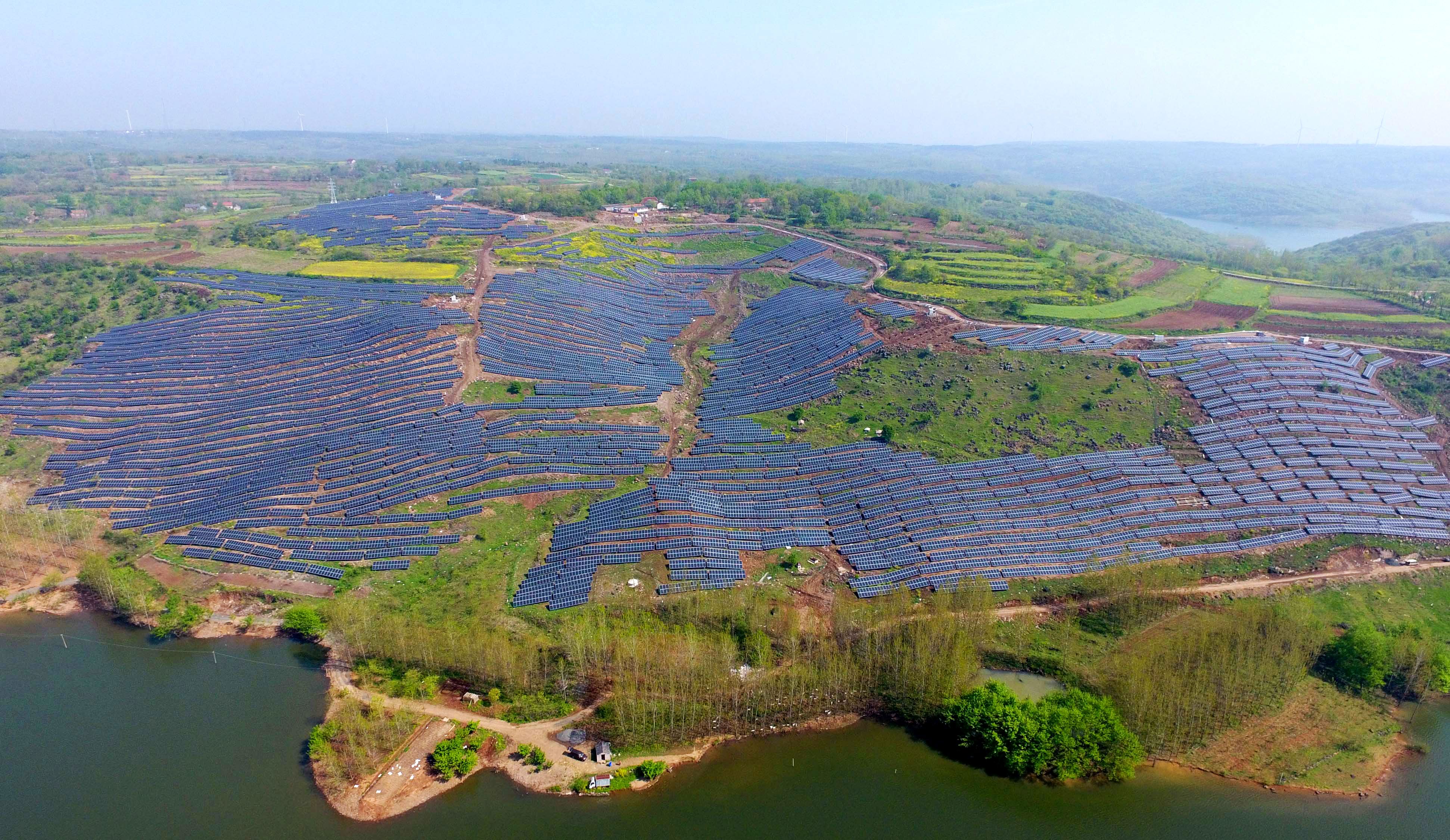Climate negotiators from the United States in Bonn this week confirmed what the world already expected.
The U.S. is unlikely to take specific actions to cut greenhouse gas emissions under the Trump administration, Deputy Special Envoy for Climate Change Trigg Talley said on Monday at the Bonn climate talks as he explained the Trump administration’s new policies aimed at spurring economic growth, trying to revive the dying American coal industry, and undoing President Barack Obama-era climate regulations.
“Our climate policies are under review. The administration has not yet developed a formal policy on climate change,” Talley said during a round-robin session where various countries quizzed each other on progress toward curbing global temperature rise at less than two degrees Celsius over pre-industrial levels.
Talley said he wouldn’t make any projections for U.S. emissions “because it’s clear that many of our policies and programs will change.” And he reconfirmed President Donald Trump’s position that the U.S. will renege on its promise to contribute to the Green Climate Fund, a global pot of money meant to help developing countries cope with rising sea level, drought, floods, and other consequences from global warming.
Renewables are expanding so fast in China that there is no longer a need for new coal-fired power plants.
At worst, Trump’s policies could increase U.S. emissions, says Niklas Höhne, of the NewClimate Institute, which released a new analysis showing how policies implemented since the 2015 Paris climate agreement have affected efforts to reduce heat-trapping greenhouse gas pollution.
Höhne says the main effect of the Trump administration’s policies will be preventing any meaningful new emissions cuts in the U.S. According to the latest calculations, that means the U.S. will emit 200 megatons more greenhouse gases than estimated by 2025, and 400 megatons more by 2030.
That would reverse a recent emissions decline as outlined by Talley, who said that, as of 2015, U.S. emissions had dropped 11.5 percent from 2005 levels mainly because of the ongoing switch from coal to natural gas, restructuring of the economy away from manufacturing, and slower-than-expected economic growth since the 2008 recession.
A sliver of of hope remains in that other countries have taken “significant action” on their own to reduce emissions, while some U.S. businesses have also set targets of meeting 100 percent of their energy needs with renewable sources.

(Photo: Stringer/AFP/Getty Images)
Höhne’s analysis suggests that U.S. emissions will be flat the next several years, which means the country will fall short of meeting its promises under the Paris Agreement. That pledge was to cut emissions 26 to 28 percent by 2025 (from 2005 levels), aiming for an 80 percent cut by 2050.
Despite the bad news from Talley, the U.S.’s failure to meet its targeted emissions cuts doesn’t necessarily spell doom for the rest of the world. Deeper than expected cuts in China and India mean the door is still open for the world “to achieve the 1.5-degree to two-degree goal,” according to Bill Hare, CEO of Climate Analytics.
Hare says the fundamental structural changes underway in China, by far the world’s biggest source of greenhouse gases, and in India, the fourth-largest emitter (behind China, the U.S., and the European Union) will drive the global energy market and keep pushing renewable energy prices down.
Renewables are expanding so fast in China that there is no longer a need for new coal-fired power plants, Hare says.
“This is happening in India as well,” Höhne says. “We thought they would need coal for a long time, but it’s a completely new situation and shows there’s an ongoing massive transformation…. The biggest game on the planet is what’s going on in India. As recently as last year, we would have estimated a two- to three-fold increase in future coal use.”
The energy transformation is all but ensured in China because of strong policies adopted by the government, says Yvonne Deng, who tracks global energy trends for Ecofys.
“When they make a plan, you know they will stick to it and deliver. India is a little less certain, but they could even leapfrog ahead,” Deng says, referring to the rapid pace of energy transformation that has taken nearly every energy analyst by surprise.
The changes in China and India contrasts with relatively little progress in Europe, where leaders must rapidly reduce emissions for the world to reach its global warming goals.
“The E.U. is lagging at a moment in history when policies should be accelerating,” Hare says. “It’s very puzzling as to why there has been a slowdown on policy at the very moment acceleration is needed. The developments with Trump show the need for global leadership.”





